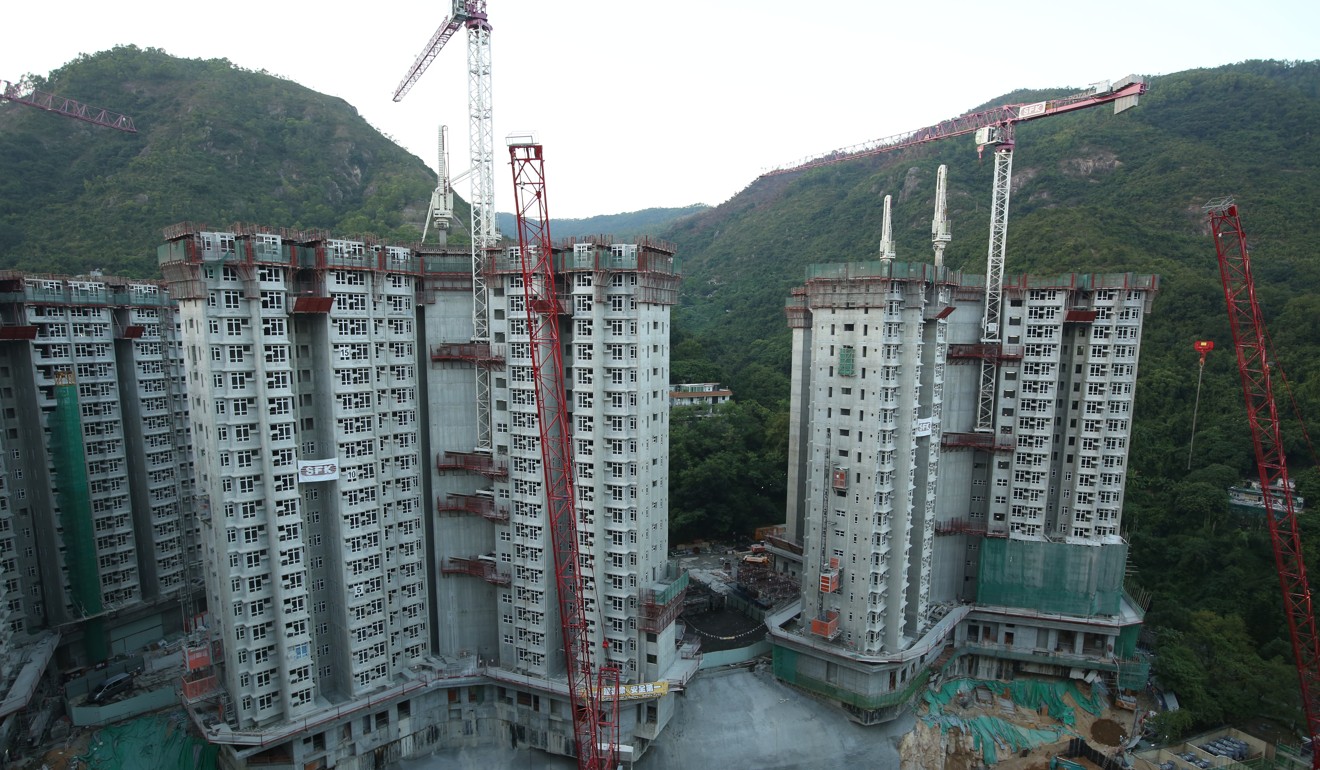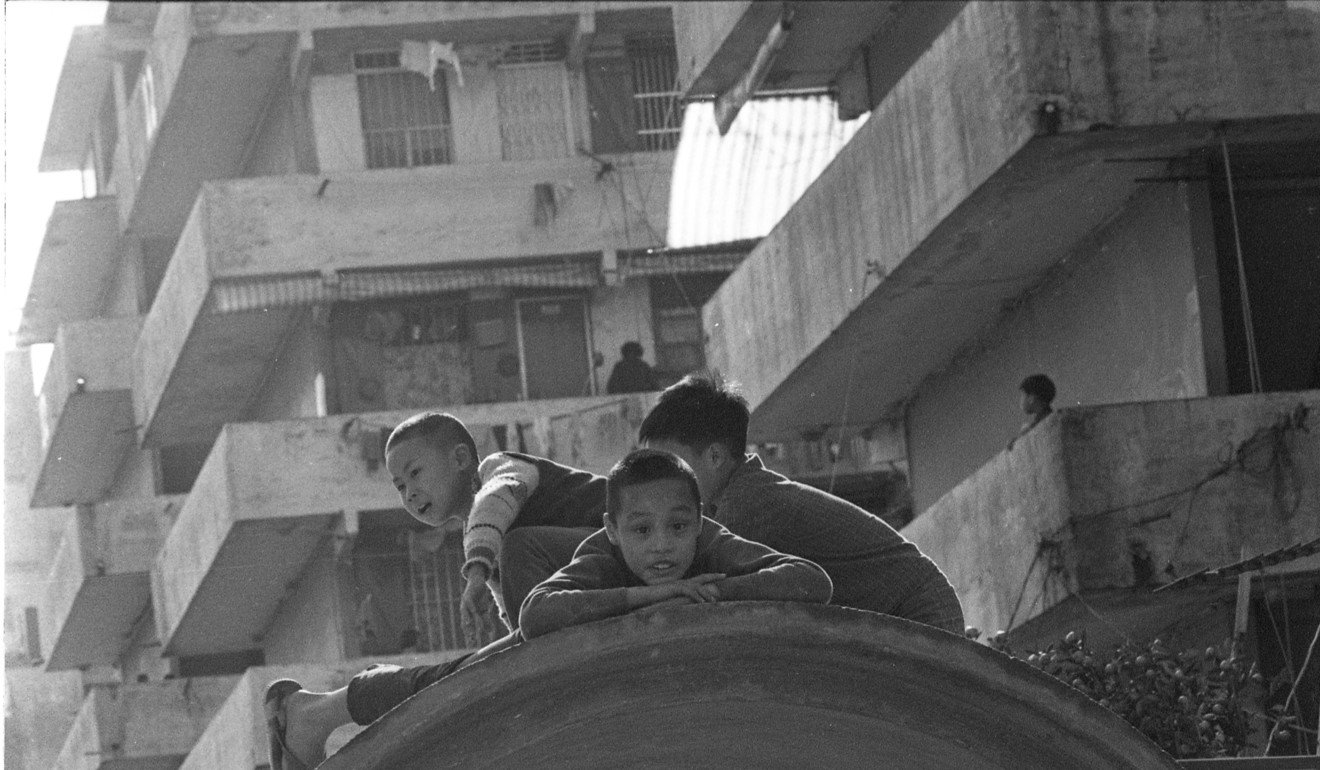
Demand for welfare housing in Hong Kong keeps rising … and we should beware
Building more public housing gives rise to the paradox of Say’s Law: supply creates its own demand
For many in Hong Kong our housing problem is high prices and high rents due to a shortfall in housing. They conclude that the most adversely affected are the low-income and middle-income households, therefore government must build more housing for these folks, which then means expanding public housing.
But there is another way of viewing our housing problem. High prices are not bad news for homeowners and landlords, it is only for prospective homeowners and renters. Our problem is that 51.5 per cent of our households are now renters. From this perspective, the real housing problem is the unequal distribution of housing wealth.
Given that prices and rents have risen many times against income it would take at least a generation to build enough housing to meet the shortfall in housing. Hong Kong’s divided society cannot wait that long.
Let me explain why building more public rental housing units would not solve our housing shortage any time soon and will continue to divide society.

Between 2006 and 2016, the total number of households in Hong Kong increased by 280,200. The relatively small private rental housing sector absorbed nearly 64 per cent of the increase – a situation that has led to sub-divided housing and escalating rents and property prices. Meanwhile, the applications waiting list for public rental housing units also shot up from 97,300 in 2006 to 284,800 in 2016. Where did these additional low-income households come from?
On the surface, it seems the demand for public rental housing is increasing. But most those applicants came from within the public rental housing and subsidised ownership sector, especially non-elderly one-person households, who make up 47 per cent of those on the applications waiting list.
All of us know households have life cycles that affect their size and composition in an organic and evolutionary manner. Hong Kong’s rapidly ageing population, combined with longer life expectancy, means both the elderly and the young want housing at the same time. The situation is particularly acute in the public rental-housing sector.
Because the public system does not allow for an exchange of units through a market system, elderly occupants do not vacate their units, and younger adult members seek to move out. This shows up in the rapidly declining average household size in the population.
A growing proportion of the households in the public rental-housing sector are now made up of elderly households aged 60 or above and young households aged 20 to 39 have declined. Elderly and young households now make up, respectively, 48.1 and 10.3 per cent of all public rental-housing households, and many are one-person or two-person households. Average household size has declined from 4.77 in 1980 to 2.75 in 2016.
Among the middle-aged (40-59 years old) in the public rental sector, there has also been an increase in one- and two-person households.

A number of factors are responsible for these developments. Public rental housing allocation rules give preference to one-person households above the age of 40. Adult children are more likely to leave middle-aged parent households, especially if this helps reduce household income so parents do not have to pay double rent. The rapidly rising divorce rate has also been most prominent in public rental middle-aged households.
All these factors have contributed to the growing number of applicants on the waiting list for public rental housing units.
Meanwhile, adult children in the public sector have to depend on the government – the ultimate landlord – for housing. Their only solution is to queue for public rental units on the waiting list. But the administrative allocation is inefficient.
The Housing Authority’s criteria for allocating pubic rental units are not necessarily bad, but they tend to be rigid and behind the times. An obvious example of major inefficiencies is the homogeneity of the units. While this is motivated by fairness, it becomes a barrier for parents and adult children to live together because units are too small for two generations. The public rental housing programme lacks the flexibility of the market mechanism in dealing with large shortages.
Our housing shortfall cannot be addressed fast enough by building more public housing units to shorten the waiting time because of the longevity of our elderly population. Society will thus continue to be divided between “haves” and “have-nots” and the feeling of injustice will not abate.
Building ever more public housing will create the kind of perverse incentive that also plagued the 1950s resettlement policy to clear squatters. The number of squatters actually increased from 300,000 in 1954 to 600,000 in 1964. Eventually, more than a million squatters had to be resettled because more and more people voluntarily turned themselves into squatters hoping to be resettled. This is the Say’s Law of public housing: supply creates its own demand.
Richard Wong is professor of economics and Philip Wong Kennedy Wong Professor in political economy, School of Economics and Finance, University of Hong Kong


